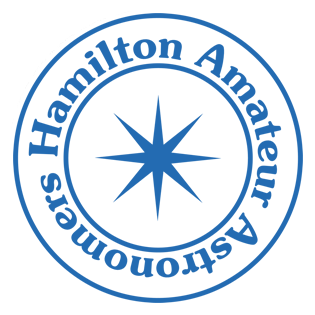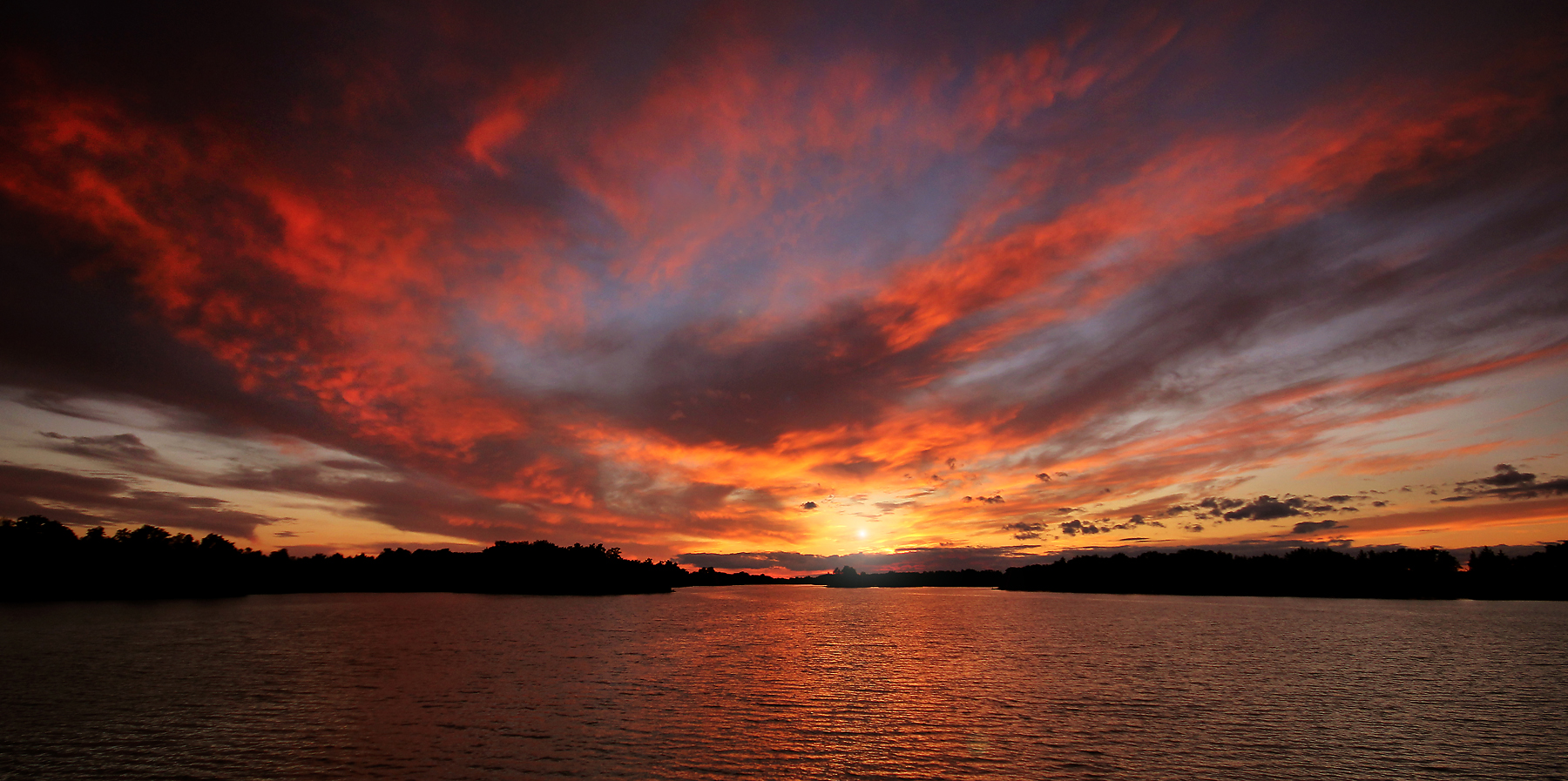This Announcement / Report is from HAA member Jeff Lillycrop:
JOURNEY TO THE AMNH
If anyone is planning a trip to NYC (aka: the big apple) soon , you are in luck. I was lucky enough to be in New York over the past weekend and took the time to check out the American Museum of Natural History (AMNH) and the Hayden Planetarium. The planetarium is just one part of many wonderful earth and space exhibits at the AMNH. I took in the planetarium show ?journey to the stars? which was narrated by Whoopi Goldberg ?! ( she did an excellent job ) and was presented on a 67 foot wide hemispheric dome in a room that held 250 people +/-. The show was supported in a partnership with NASA Science Mission Directorate, Heliophysics Division. It presented information to keep everyone riveted from beginners to full blown space junkies. Here is the description of the planetarium from the web site, to give you a measure of the experience
?The Hayden Planetarium is unlike any other such facility in the world. In the top half of the Hayden Sphere, the most technologically advanced Space Theatre in existence will use advanced visual technology (including a customized, one-of-a-kind Zeiss Star Projector) to create shows of unparalleled sophistication, realism, and excitement. With this high-definition system, the Hayden Planetarium is the largest and most powerful virtual reality simulator in the world.
The bottom half of the Hayden Sphere houses the Big Bang, where visitors will be transported to the beginning of time and space, experiencing a dramatic, multisensory re-creation of the first moments of the universe. From here, visitors continue on an awe-inspiring journey that chronicles the evolution of the universe by following the Harriet and Robert Heilbrunn Cosmic Pathway ? a sloping walkway that takes them through 13 billion years of cosmic evolution
The Digital Dome System takes the astronomical information of the Digital Galaxy and stores it on a Silicon Graphics® Onyx2? InfiniteReality2? visual workstation, one of the largest supercomputers ever dedicated to creating visual simulations and equivalent in power to those used by NASA or the largest military research laboratories. When the Digital Galaxy software is booted, the Hayden Planetarium’s supercomputer generates a three dimensional map of the galaxy that is so realistic that the dome itself seems to disappear. Thirty times a second, the Onyx2 calculates the real location and visualizes the appearance of every star and nebula that is about to be seen by the audience. The Onyx2 has 28 central processing units and can store up to two terabytes (2,000 gigabytes) and simultaneously process 14 gigabytes of data ? the equivalent power of about 200 desktop computers.
The Digital Dome’s computer graphics are composited with the output of several other instruments, including the Zeiss Mark IX star projector and an Omniscan all-dome laser that provides images of superior color and brightness. The central platform, which holds the Zeiss projector, a “2PI” All-Sky slide projection system, and the Omniscan laser, can be lowered to create more space inside the theatre. A state-of-the-art spatial sound system controls the direction of sounds, enhancing visitors’ experiences of moving objects, and subwoofer speakers are wired into each seat giving a sense of vibration and “lift off” at the start of the presentation.?
All I can say is WOW!! I was blown away , but that was just the start of many excellent exhibits offered including:
Scales of the Universe, let?s you investigate the vast range of sizes in the universe.
Cullman Hall of the Universe, let?s you examine how the universe evolved into galaxies, stars, and planets
Gottesman Hall of Planet Earth, let?s you explore how our own Earth took shape over 4.5 billion years ago
And the crowning jewel
Arthur Ross Hall of Meteorites which features Ahnighito the largest meteorite on display in the world , its huge !! weighing in at a mere 34 tons standing 5? tall 10? long, very cool !!!!
And all this was located in Rose Centre for Earth & Space, that is just one wing of this amazing place. I had planned on doing a tour of the entire Museum but spent 4 ½ hours in this wing alone , then they gave us the boot because they were closing. I had completely lost track of time. I highly recommend this experience to everybody , it will not disappoint. The funny thing is that admission is a suggested $28.00 USD but you can pay what you like. The planetarium show is an extra $4.00. It is the best deal in the city.




![LOFAR Data for December 18, 2009 [24 hour period]](http://www.amateurastronomy.org/wp-content/uploads/archive/reports/lofar20091218.jpg)